Update 2024: Please note that we no longer recommend Tigo optimisers. For more details, please refer to our recent blog post: Tigo Optimizer Recall.
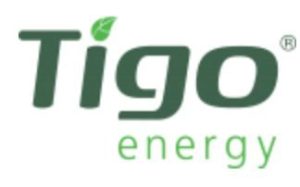
Tigo can be used with 3 phase inverters
Here is the misconstrued argument that some people in the industry have used to suggest we cannot use Tigo on three-phase inverters.
- Residential solar systems shall not have a maximum voltage greater than 600 V. (AS/NZS 5033:2014, cl 3.1) The voltage is usually worked out by adding the panel voltages together.
- When a solar system uses optimisers such as Tigo, the inverter’s maximum voltage should be used rather than adding the panel voltage together. (AS 5033:2014 cl. 2.1.5)
- All three phase inverters in the Australian market are above 600 Volts
“Therefore, three-phase inverters cannot be used on residential solar systems if Tigo optimisers are used.”
The argument is flawed.
The argument above hinges on the second premises, which is taken from AS/NZ 5033:2014 Clause 2.1.5. I’ve translated it to get rid of big words.
In considering the voltage rating of equipment downstream of the panels, IF the optimiser is failsafe so that no greater voltage than the rating of the inverter can be produced under fault conditions, the d.c isolator and cabling MAY be rated to the inverters maximum rated input voltage.
In this case, for the purposes of this Standard, the following applies:
(i) The solar array maximum voltage = The inverter’s maximum voltage.
If this clause must be applied to Tigo, then we must use the inverter’s voltage, and we wouldn’t be able to use 3 phase inverters. But why? What is this purpose behind this clause?
 For the benefit of SolarEdge
For the benefit of SolarEdge
While the standards can’t be brand specific, this clause was added for the benefit of SolarEdge’s architecture of a fixed string voltage. SolarEdge works better with longer strings (up to 20 panels in series) in which case the open circuit voltage could be calculated to be over 800 volts. But SolarEdge doesn’t work like that. The SolarEdge inverter has a “failsafe” fixed string voltage of 380 volts. The 20 optimisers will buck the panel voltages so they always add up to failsafe 380 volts. So clause 2.1.5 was written into the standards to allow the inverter’s 380v figure to be used, rather than the fictional 800+ calculated volts.
Irrelevant to Tigo
Tigo is much simpler. It just works with the voltage range of whichever inverter it is paired with. Tigo doesn’t boost the voltage. The actual maximum voltage is the sum of the panels voltages described in AS/NZ 5033 Clause 4.2.
But does the rule that was written to help SolarEdge inadvertently hinder Tigo? Because Tigo is a called an optimiser, does the inverter’s maximum voltage have to be considered, rather than the sum of the panel voltages? Thankfully, the intelligent people on the Standards Committee worded the clause well enough so that it only applies to the intended technology, SolarEdge. It does not apply to Tigo because Tigo does not meet the condition of the clause, which reads:
…. IF the optimiser is failsafe so that no greater voltage than the rating of the inverter can be produced under fault conditions … the d.c isolator and cabling MAY be rated to the inverters maximum rated input voltage.
Tigo is failsafe, but not by the method described above. In fact, if you are stupid enough to listen to your boss and you string 21 panels with Tigo optimisers into a 600-volt ABB inverter, you will have a “voltage higher than the rating of the inverter” and the inverter will let the smoke out. I may-or-may-not have an apprentice that has proven this.
Because Tigo’s technology is inherently safe, it is not, and does not need to be “failsafe” as described in clause 2.1.5 and the remainder of the clause cannot be applied to Tigo. Because the clause cannot apply, the open-circuit voltage is not taken from the rating of the inverter but must be taken from the sum voltage of the panels as described in AS/NZ 5033 : Clause 4.2.
Tigo is inherently failsafe if installed in accordance with AS/NZ 5033 clause 4.2.
But even if you were to argue that the clause does apply to Tigo, we need to take into account the word “MAY”. The clause is not mandating that the inverter voltage has to be used. The clause is permitting the use of the inverters maximum voltage as an alternative to the standard method described in clause 4.2 (the sum of the panel voltages.)
So when using Tigo optimisers, we MAY use any inverter, even if it has a voltage rating of over 600v, and still comply with the Australian standards. All we need to do is ignore the boss and design the number of panels correctly, as per AS/NZ 5033 : Clause 4.2.
Says who?
But don’t take my word for it! Jeff Routledge from Tigo, with the help of SMA, ABB and Fronius, made this more formal Tigo-statement explaining why Tigo can be used with three-phase inverters in homes in Austalia. Happy days.
Mark Cavanagh

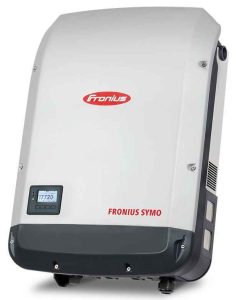
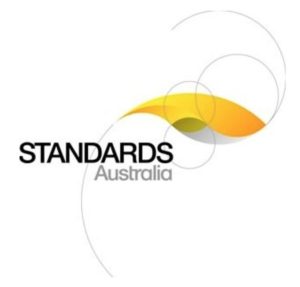 For the benefit of SolarEdge
For the benefit of SolarEdge



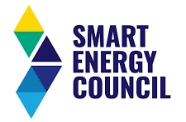
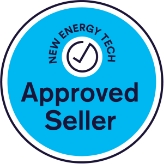
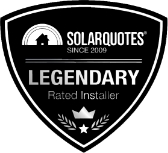

5 Responses
Hi Kenneth, yes there is an argument that it should rule out SE 3 phase. But SE argue that going on the clause I stated above, the INPUT voltage is less than 600 Volts. The SE Resi three-phase inverter split that voltage in half and adds it internally. This is why you get into the ridiculous scenario of having to balance your strings so that orientation and shading on one string will be the same as the shading on the other string so the voltages are always the same. That just hurt my head having to think about it again :/
Hi Mark, Doesn’t this rule actually rule out 3-phase Solaredge inverters in Australia? They work on a fixed string voltage of 750V DC.
Yeh Allan, it seems obvious when you see it right? Interesting how Adrian Hawke from SolarEdge refuses to see it.
In short, IF the string voltage would be greater than the inverter’s rating, you MAY use the lower rating of the inverter but only if the optimisers are failsafe. A concession for optimisers designed for long strings.
Mark that was hilarious! “If you are stupid enough to listen to your boss and you string 21 panels with Tigo optimisers into a 600-volt ABB inverter, you will have a “voltage higher than the rating of the inverter” and the inverter will let the smoke out. I may-or-may-not have an apprentice that has proven this.”